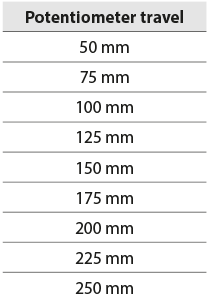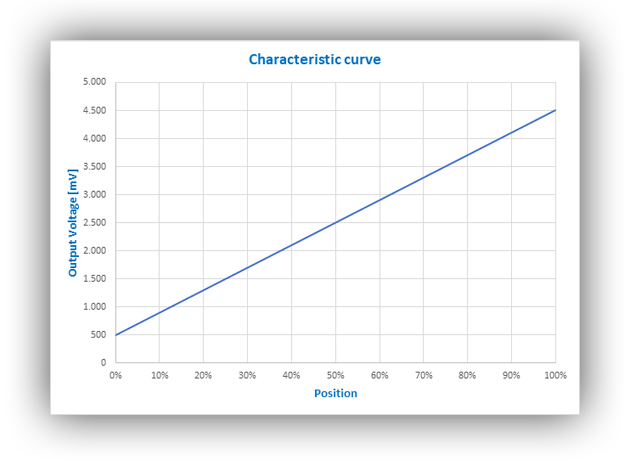|
|
|
|
|
|
ECLIPSE, the new line of AiM potentiometers is born; thanks to our experience in the motorsport world this new series of sensors perfectly fits the needs of the car-bike racing industry. Easy to install, our linear position sensors offer great performances in terms of accuracy, repeatability and life expectancy. |
|
|
|
|
|
|
| ECLIPSE can measure linear displacements like: |
|
|
Dampers compression or extension |
|
|
Steering rotation measured through the rack displacement |
|
|
| Inductive Contactless Technology |
|
Thanks to the Inductive Contactless Technology, ECLIPSE series assures unmatched wear resistance; no contact means minimum wear and tear therefore no performance degradation during his life cycle.
|
|
| Advanced materials |
|
The continuous research of the best solutions for our demanding customers leads us to a new concept of sensor.
Housing is in fiberglass reinforced epoxy, a compound that features excellent resistance to mechanical stress and thermal changes, outstanding capacity as electric insulator, flame resistance and self-extinguishing, a perfect material for linear potentiometer purpose.
The shaft, normally made of steel, is now made in extruded carbon fiber.
This combo guarantees lightness and resistance at one time. |
|
|
|
|
|
| A wide range |
|
ECLIPSE series is available in various sizes.
The linear potentiometer ends with a M4x0.7 mm male thread on both ends.
Quick release balljoint or rod end bearing, free wires or AiM compatible connectors, all combinations available for the best mounting on any vehicle. |
|
|
 |
|
|
| |
|
|
|
|
| Diagnostic features |
|
| Signal output ranges from 500 to 4,500 mV to enable fault detection: |
|
|
Reading < 100 mV -> FAULT (open circuit) |
|
|
Reading > 4,900 mV -> FAULT (short circuit) |
|
|
 |
|
|
|
|
|
|
|
| Easy configuration |
|
With the latest release of RaceStudio 3 software, the new configuration panel allows you to set a lot of parameters of your linear potentiometer and - now - you can quickly set you position sensor to measure extension or compression. |
|
|
|
|
|
|
|